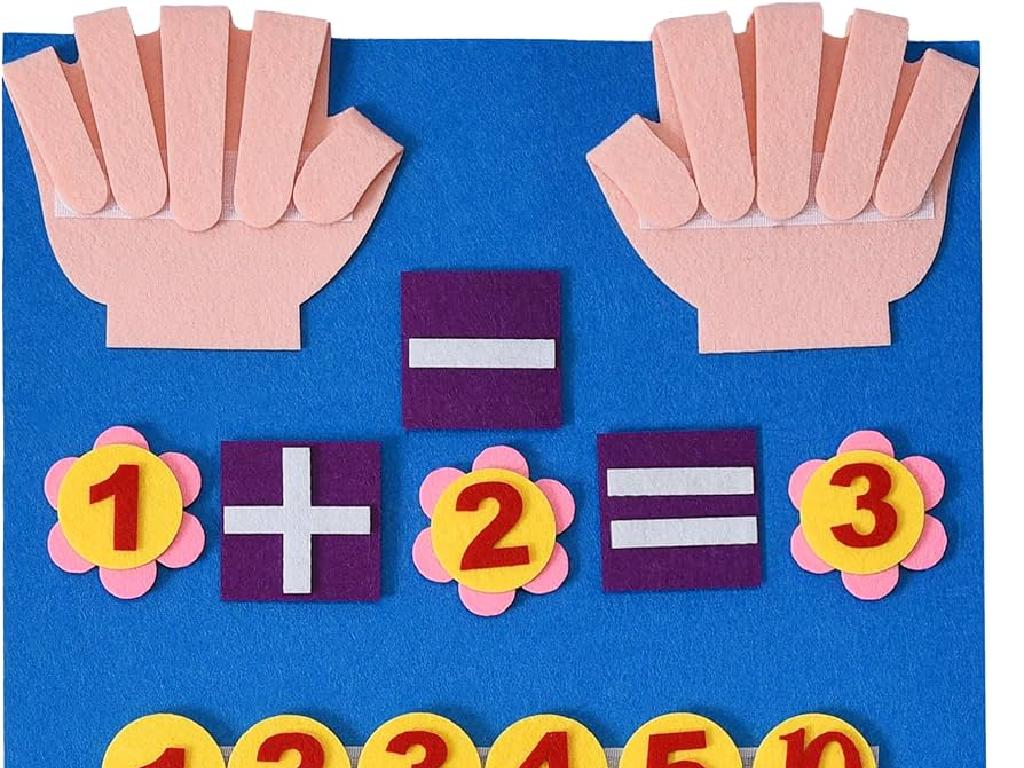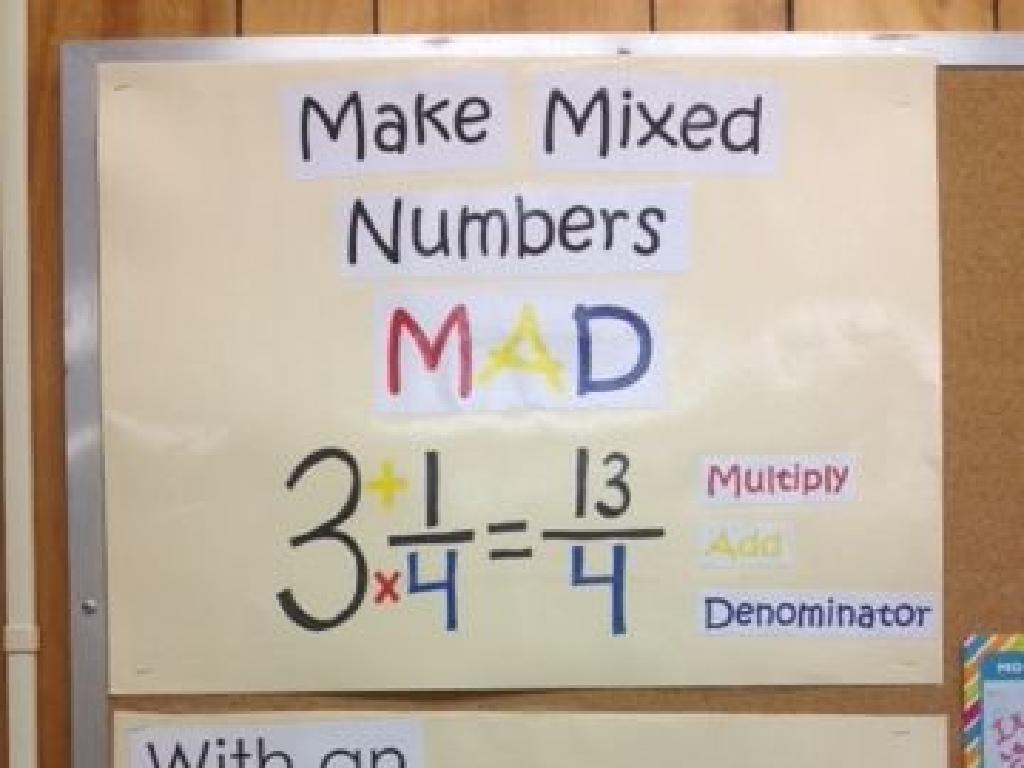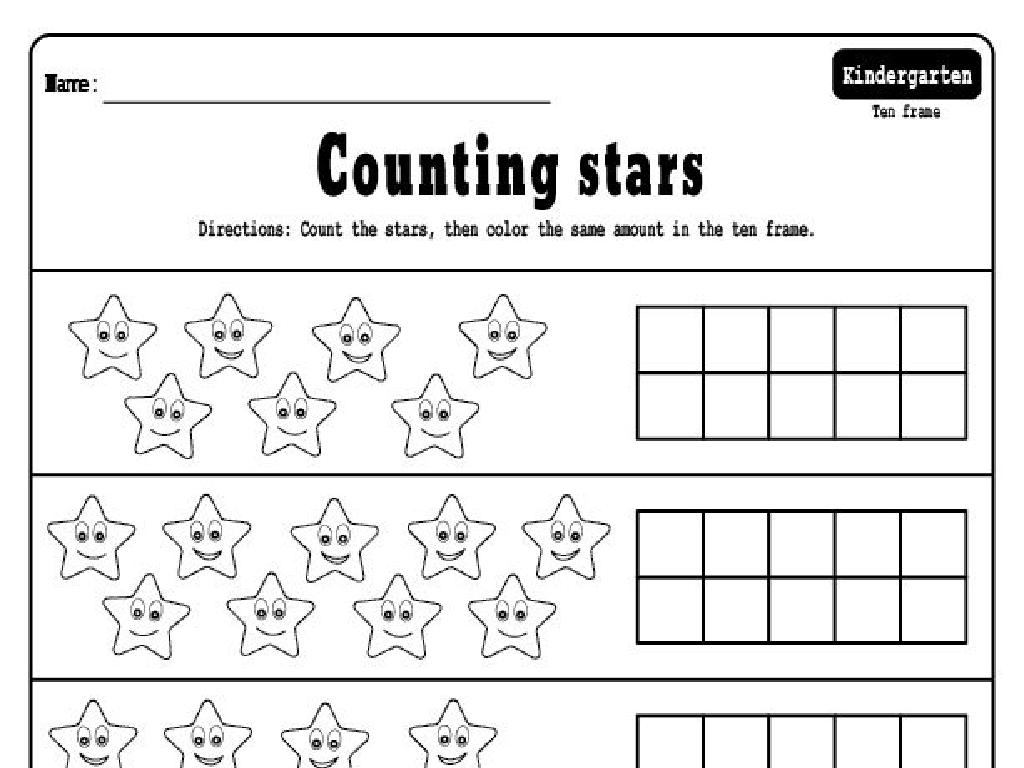Checks And Balances
Subject: Social studies
Grade: Third grade
Topic: Government
Please LOG IN to download the presentation. Access is available to registered users only.
View More Content
Understanding Checks and Balances
– What is Government?
– Purpose of rules
– Rules help us live together safely
– People who guide us
– Leaders make decisions for our community
– Checks and Balances
– Ensures no part of government is too powerful
|
This slide introduces the concept of checks and balances within the framework of government to third-grade students. Begin by discussing what a government is a group of people who make decisions for a country, state, or community. Explain that just like in school and at home, rules are important to help everyone live together safely and fairly. Leaders, such as the President, Congress, and judges, are the people who guide us by making and applying these rules. Checks and balances is a system used in our government to ensure that no one person or group has too much power; each branch of government can check the other to maintain balance. Use relatable examples, such as how rules at home help everyone get along, to make these concepts more understandable for young students.
Understanding Checks and Balances
– It’s like a game with rules
– Each branch of government can check the others, like in a game where players make sure everyone follows the rules.
– Keeps government balanced
– No one has too much power
– Imagine one rule-maker everywhere!
– If one person decided everything at home, school, or in a game, it wouldn’t be fair or fun, right?
|
This slide introduces the concept of checks and balances in a way that’s relatable to third graders. Compare the system to a game where each player has to follow the rules and watch each other, which ensures fairness. Explain that in our government, this system prevents any one part from becoming too powerful, similar to how no single player should control a game. Use relatable examples like having one person make all the rules at home or school to illustrate why checks and balances are important. Encourage students to think about times when they had to follow rules in games and how those rules made the game more enjoyable for everyone.
The Three Branches of Government
– Government has three parts
– Legislative branch’s role
– The Legislative makes laws for the country
– Executive branch’s role
– The Executive puts the laws into action
– Judicial branch’s role
– The Judicial explains and reviews laws
|
This slide introduces the concept of the three branches of the U.S. government to third-grade students. It’s important to explain that the reason for having three separate branches is to ensure a system of checks and balances, where no single branch becomes too powerful. The Legislative branch, made up of Congress, creates laws. The Executive branch, led by the President, implements and enforces these laws. The Judicial branch, composed of the Supreme Court and other courts, interprets the laws and decides if they are fair. Use simple and relatable examples to help students understand the roles of each branch. For instance, compare the government to a school: the principal (Executive) enforces the rules, the student council (Legislative) suggests new rules, and the teachers (Judicial) help explain the rules.
How Government Branches Work Together
– Legislative branch makes laws
– President can veto laws
– If the President disagrees with a law, he can reject it
– Supreme Court judges decisions
– If a law is unfair, the Supreme Court can say it’s not okay
– Congress can change laws
– If the Supreme Court makes a ruling, Congress can make a new law
|
This slide is designed to help third-grade students understand the concept of checks and balances within the U.S. government. It explains how the three branches of government – the Legislative, Executive, and Judicial – have the power to check each other to maintain balance and prevent any one branch from becoming too powerful. The Legislative branch, made up of Congress, has the power to create laws. The President, leading the Executive branch, can veto or reject laws that Congress makes. However, the Judicial branch, headed by the Supreme Court, can declare actions by the President unconstitutional. Conversely, if the Supreme Court makes a ruling, Congress has the power to pass a new law in response. This ensures that all branches work together and are equal in power. Encourage students to think of examples or ask questions about how these checks and balances work in real life.
Why Are Checks and Balances Important?
– Prevents too much power
– Stops any one part of the government from controlling everything
– Protects our rights
– Makes sure no one can take away our freedom
– Keeps government fair
– Ensures all parts of the government follow the rules
– Like rules in a game
– Referees in sports make sure everyone plays fair
|
This slide aims to explain the significance of checks and balances in the government to third-grade students. It’s crucial to convey that this system is like a game with rules and referees to ensure fairness. Each branch of the government watches over the others to prevent any one branch from having too much power, similar to how referees prevent cheating in a game. This helps protect our rights and freedoms. Encourage students to think of examples from school or sports where rules and oversight help everyone get along and play fair.
Checks and Balances in Action
– President proposes a new holiday
– Congress must approve the holiday
– Congress checks the President’s power
– Supreme Court reviews new laws
– The Court checks the laws made by Congress
– Laws can be constitutional or not
– This ensures no part of government becomes too powerful
|
This slide provides real-life examples to illustrate the concept of checks and balances within the U.S. government. The first example shows the President’s power to propose new ideas, like a holiday, but also highlights the need for approval from Congress, demonstrating a balance of power. The second example demonstrates how the Supreme Court can check the power of Congress by determining whether a law is constitutional. These examples help students understand that checks and balances are designed to prevent any one branch of government from having too much power and to ensure that laws are fair and follow the Constitution. Encourage students to think of other examples where one branch of government has to get approval from another, fostering a deeper understanding of the checks and balances system.
Class Activity: Create Your Own Government!
– Split into three groups
– Each group represents a branch
– Make, carry out, or check a rule
– Balance power in our class government
|
In this interactive class activity, students will be divided into three groups to represent the three branches of government: Legislative, Executive, and Judicial. Each group will be tasked with a specific role: creating a rule (Legislative), carrying out the rule (Executive), or checking the rule (Judicial). This activity will help students understand the concept of checks and balances by allowing them to experience it firsthand. Teachers should guide the students through the process, ensuring each group understands their role. Possible activities include: 1) Legislative group drafting a ‘classroom law’, 2) Executive group implementing the law, 3) Judicial group reviewing the law for fairness. Encourage students to discuss and debate the merits of their decisions, promoting a deeper understanding of how government functions to balance power.






